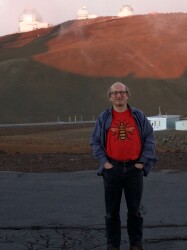BibTex format
@article{Smith:2019:mnras/stz1102,
author = {Smith, MWL and Clark, CJR and De, Looze I and Lamperti, I and Saintonge, A and Wilson, CD and Accurso, G and Brinks, E and Bureau, M and Chung, EJ and Cigan, PJ and Clements, DL and Dharmawardena, T and Fanciullo, L and Gao, Y and Gao, Y and Gear, WK and Gomez, HL and Greenslade, J and Hwang, HS and Kemper, F and Lee, JC and Li, C and Lin, L and Liu, L and Molnar, DC and Mok, A and Pan, H-A and Sargent, M and Scicluna, P and Smith, CMA and Urquhart, S and Williams, TG and Xiao, T and Yang, C and Zhu, M},
doi = {mnras/stz1102},
journal = {Monthly Notices of the Royal Astronomical Society},
pages = {4166--4185},
title = {JINGLE, a JCMT legacy survey of dust and gas for galaxy evolution studies: II. SCUBA-2 850 mu m data reduction and dust flux density catalogues},
url = {http://dx.doi.org/10.1093/mnras/stz1102},
volume = {486},
year = {2019}
}

